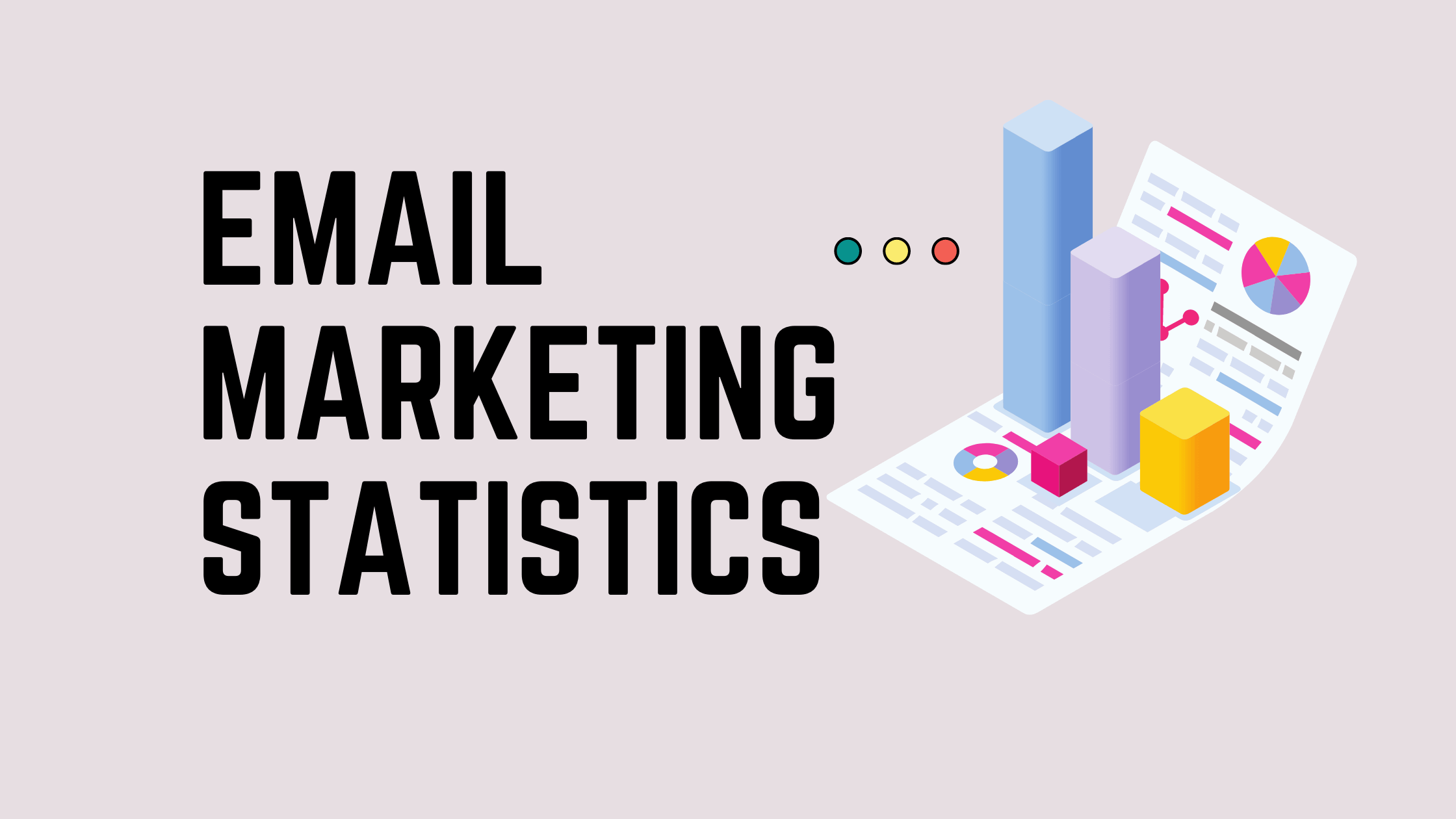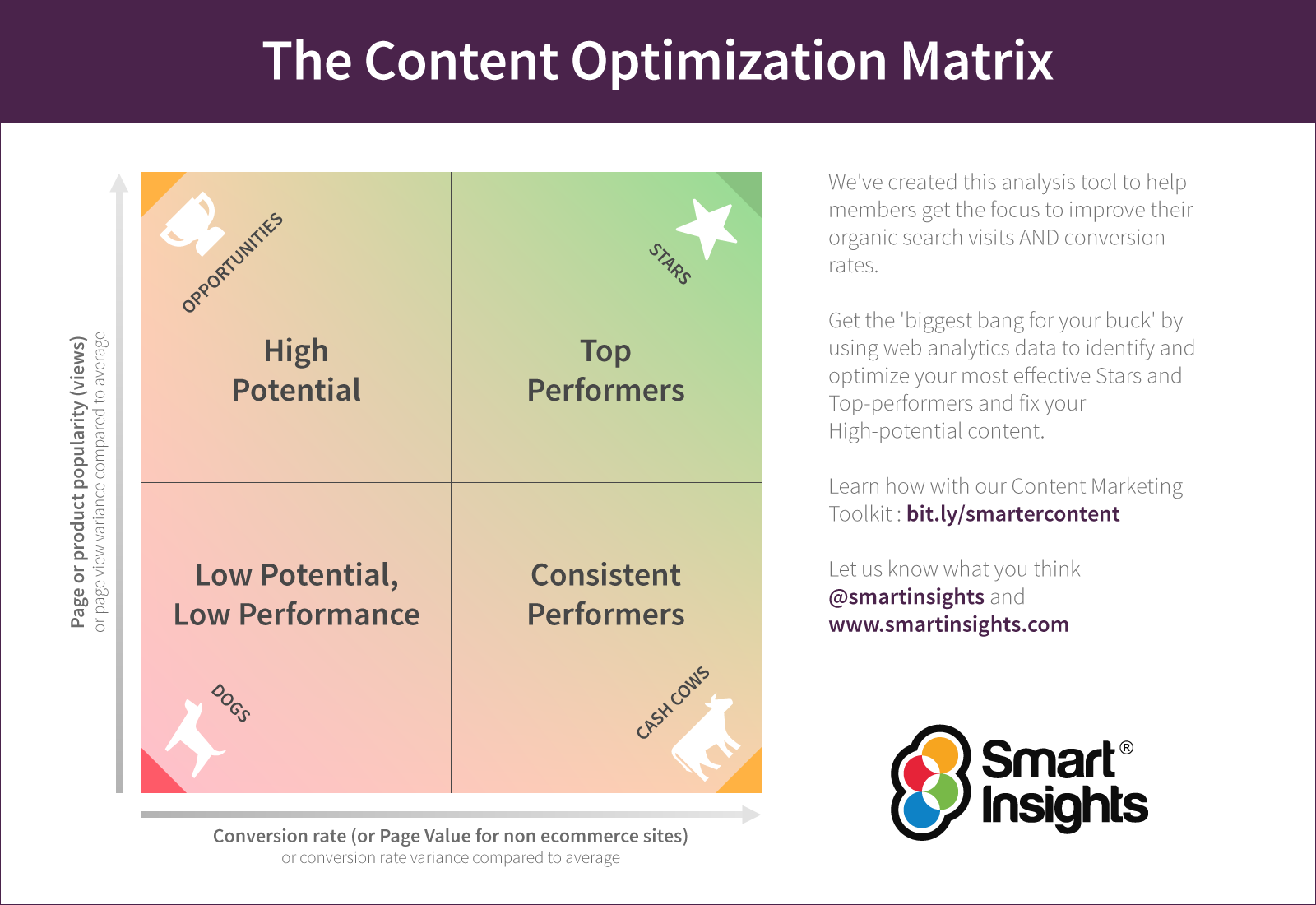
Native marketing is an effective way to promote your business. Native marketing is a great method to reach large audiences and in a highly targeted way. Native ads are more user-friendly than display ads and are frequently viewed more often by users. In addition, most users prefer content discovery over traditional ads, according to a study. Here are some examples for native advertising in action.
Sponsored content is an excellent way to gain exposure for your brand on high-traffic media sites. You can place in-feed articles or video segments to promote your brand. When done properly, native content ads can help engage with your target audience while driving a call to action. These ads not only engage users but also allow you disclose sponsored content. To make sure you reap the benefits, there are some things you must do. After your content is approved, you can begin to incorporate it into your marketing strategy.

Digital natives are the generation born in the digital age and have been surrounded by technology. As a result, digital natives have a distinct advantage over digital immigrants, who are largely un-digital natives. Effective content creation is crucial for digital natives. If your content is based on useful information, it will be more likely to attract attention and conversions. It is important that you consider the demographics of your target markets.
Native advertising is a powerful strategy that can increase brand awareness, convert readers into customers, and more. In addition to delivering content, native advertising also enables you to increase your organic distribution strategy and optimize your marketing campaigns. Choose platforms that reflect the brand image of your business. You must also consider the FTC's guidelines when using native advertising. You should be aware of the guidelines when selecting the right platforms and creating native material for each.
Learn from others in order to get an edge in native advertising. To quickly duplicate results, you must use other people's data. With technology, you can search, filter, or sort data on existing native platforms campaigns. You can also analyse creatives, messaging, landing pages, and other platforms. These data can help you improve your content. If you want to make your native ads even better, use these tricks to boost your conversions.

Native advertising is a good choice for increasing conversion rates and click-through rates. Native advertising is highly engaging and more likely to be engaged with by consumers if they aren't aware it's an ad. Native advertising builds relationships with your customers and can be an effective way of targeting a specific audience. 44% don't know who the advertiser is.
FAQ
What are the seven steps of content marketing
This seven-step content marketing process includes:
-
Identify the problem
-
Learn what is working right now
-
Create new ideas
-
Use them to create strategies
-
Test them
-
Measuring the results
-
Keep going with the same process until something works.
This approach has been proven to work well for businesses large and small.
What Content Marketing Strategy is right for me?
If you already know what you want to say, then a Content Marketing Strategy will work perfectly for you.
If you are looking for some direction before starting, these are some questions:
Does my business need to communicate something specific? Or, do you want content that is universally appealing?
Do I want to focus on generating leads or converting visitors into buyers?
Do I want to promote one or more products?
Would I be interested in reaching out to people outside of my industry sector?
If you answered "yes" to any of these questions, then a Content Marketing strategy is exactly what you need.
Should I hire an editor to create my Content Marketing?
No! To produce content for your business, you don't necessarily need to hire a professional author. There are tons of free resources out there that can help you get started.
Why is content important?
Content plays a key role in any digital marketing campaign. You must create quality content to attract new customers. Blogging is the best method to do this. Blogging builds authority in your niche which makes you more trustworthy. This trustworthiness increases your credibility, which in turn leads to higher search engines rankings. Organic searches are more popular than search engine rankings.
Which Content Marketing Platform is Best?
There are many options available today. Each one has its pros and cons. These are some of the most popular choices:
-
WordPress - It's easy to setup and maintain. Great community of users.
-
Wix – It's easier than WordPress to setup and maintain. It doesn't require any technical knowledge.
-
Squarespace – Best choice for those with a website.
-
Blogger - A free blogging service.
-
Medium - A place to share your work.
-
Instagram - An image-based social media platform.
-
LinkedIn - A networking tool.
-
Facebook - The social network.
-
YouTube – Video sharing platform.
-
Pinterest - Image-based platform.
-
Google Analytics - Track visitor behaviour.
-
Hubspot - Email marketing software.
-
MailChimp – Email marketing software.
Statistics
- Content marketing produces 3X more leads per dollar spent. Content marketing costs 62% less than traditional marketing. (criteo.com)
- Forty-seven percent of buyers view 3 to 5 pieces of content before engaging with a sales representative. (mailchimp.com)
- According to the Content Marketing Institute, 70% of B2B marketers and 86% of B2C marketers surveyed use content marketing in some form or other. (criteo.com)
- According to our research, 65% of companies with very successful content marketing in 2021 ran content audits at least twice a year. (semrush.com)
- Progress indicators (0–100%) allow each team member to see how attainable each goal is and understand what remains to be accomplished. (semrush.com)
- We found that 40% of businesses don't have a documented strategy yet. (semrush.com)
- To further show the importance of this, 89% of people have stopped doing business with a company because of a poor experience. (neilpatel.com)
- Measure your goals with a progress indicator of 0-100%. Make your goals collaborative and transparent (semrush.com)
External Links
How To
How can I make my videos more impressive?
Video Marketing is one powerful tool in Content Marketing. It allows you to communicate with your audience, engage them emotionally, and build trust. But how do we go from boring to awesome? Let's get down to it!
-
Tell a story. Storytelling is at the heart of every good piece of communication. Without storytelling, video marketing will not work. Telling stories is only possible if you are open to telling them. Do you find it entertaining? Educational? Inspiring? Inspiring? Take inspiration from these stories and make your own.
-
Use images. Images can convey emotions more quickly than words. They allow us to connect with others and feel empathy. Make sure to include images in all your videos. You can embed images directly in your blog posts, or add them to your slideshows.
-
Make it easy to share. Make it easy for your viewers to share the message. Add sharing buttons to your videos. Slideshows can include social icons. Add "Share" buttons to your videos, especially if you have a YouTube Channel.
-
Don't overdo it. Your viewer may lose interest if you use too many graphics or too much information. Keep it simple. A few striking images can be enough to attract attention and keep people's attention.
-
Keep it simple. People love to watch short videos. Make short videos, no more than 5 minutes, to build buzz around your brand.
-
Get feedback. Most importantly, listen to your audience. Ask your audience what works and what doesn’t. Ask them for their feedback to improve your content.
-
Create a plan. After you have created your first video, you should think about what you can do next. Can you create a series? Perhaps you could create a playlist of the most popular videos.
-
Test, test, test. You don't want to release a clip and then find that nobody is watching it. Make sure you test the video with your audience before releasing it. See what kind of reactions you get. Then make changes based on those results.
-
Repeat. Continue repeating steps 1-8 until the perfect formula is found. Once you are familiar with the basics, you can create incredible videos time and time again.
-
You can measure the results. It is crucial to measure success with your videos. How did they perform? What are the preferences of certain audiences? These questions will help you optimize your strategy.
-
If necessary, make adjustments. Once your video campaign has launched, don't stop learning. Learn from your mistakes and adjust your plans as necessary. Marketers who excel are always looking for ways to improve.
-
Enjoy it. Video marketing isn’t hard but takes patience. You'll gain more experience and learn new strategies and techniques to help your business grow.